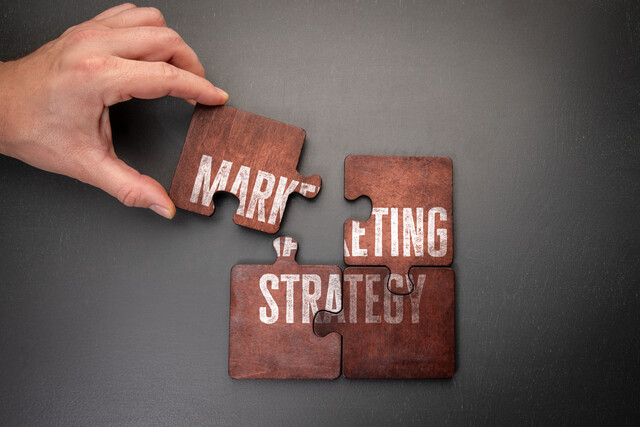Mastering Sales Skills 101
Unlock Your Potential: Transform Leads into Success with Confidence and Skill

5 Hours average completion time
0.5 CEUs
19 Lessons
38 Exams & Assignments
122 Discussions
19 Videos
21 Reference Files
150 Articles
Mobile Friendly
Last Updated December 2025
Elevate Your Sales Craft: Mastering the Art of the Deal
Sales aren't just transactions; they are the heartbeat of every flourishing business. From your morning latte purchase to closing a game-changing business deal, sales are the gears that propel our economy forward. Introducing "Mastering Sales Skills: How to be a Successful Salesperson," a meticulously crafted course to transform you into a sales powerhouse. This isn't just another course; it's your ticket to be the invaluable asset every organization craves.
Every business, regardless of size or industry, stands to benefit from refined sales acumen. Our program goes beyond traditional sales methodologies, diving deep into the psychological and strategic underpinnings of successful selling. You'll be equipped not just to sell, but to sell with purpose, aligning impeccably with your client's deepest desires and aspirations.
Embark on a sales odyssey through our 19 comprehensive lessons that touch every facet of the sales universe:
-
Developing a Sales Personality: Uncover the intrinsic qualities of a top-tier salesperson.
-
Why Confidence Makes the Difference: Illuminate how self-belief can radically transform outcomes.
-
Seven Critical Factors for Success in Sales: A deep dive into the pillars that ensure sales excellence.
-
How Small Differences Accelerate Growth: Understand how nuanced changes can drive exponential results.
-
Knowing What You Have: A strategic inventory of your sales assets and tools.
... and 14 other incisive modules that will shape your sales journey.
We'll guide you in analyzing sales opportunities, decoding buying cycles, formulating unbeatable sales strategies, and navigating the complex web of competition. Recognize golden opportunities and stay miles ahead of the curve, dominating even in fiercely competitive markets.
But that's not all. Beyond individual sales prowess, learn to galvanize an entire team, fostering a sales-centric culture that amplifies collective results. Discover the magic of customer-centric selling, ensuring not just a sale but forging bonds of unwavering customer loyalty.
Our course marries rich sales theory with real-world examples. Engaging exercises, thought-provoking quizzes, and an arsenal of additional resources ensure a holistic learning experience. By the time you reach our comprehensive conclusion, you'll be equipped, empowered, and enthused to conquer any sales challenge that comes your way.
Step into the world of sales mastery. Whether you're igniting a personal passion or turbocharging a professional path, "Mastering Sales Skills: How to be a Successful Salesperson" is your guide to greatness. Join us on this transformative journey and watch as every door becomes an opportunity waiting to be unlocked.
- Adapting through technology in sales
- Turning objections into opportunities
- Empowering sales through talent acquisition
- Principles for thriving in sales
- Crafting unique selling personas
- Instilling lasting customer rapport
- Harnessing confidence for transformative success
- Leveraging social media for customer relations
- Mastering closing techniques with precision
- Strategic communication for customer commitment
- Building trust with integrity
-

Marketing Outreach
-

The Art of Setting Goals
-

Customer Relationship Management
-

Mastering Sales Skills 101
-

Strategic Planning
-

Sustainable Development for Business
-

How to Run an Effective Help Desk
-

Team Building 101
-

Organizational Behavior in Business
-

Business Management
-

Procurement Management
-

Creating an Effective Sales Team
-

Humor Writing 101
-

Kaizen 101 - An Introduction
-

Retail Mastery: Crafting a Business That Stands Out
-

Introduction to Ethics
-

Legal Terminology 101
-

Decision Making Skills
-

Business Etiquette
-

Product Management 101
-

Photography 101: Beginner to Intermediate
-

Bible Stories: Explore Life Lessons and Adventures
-

Management Consultant 101
-

Marketing 101
-

Business Ethics
